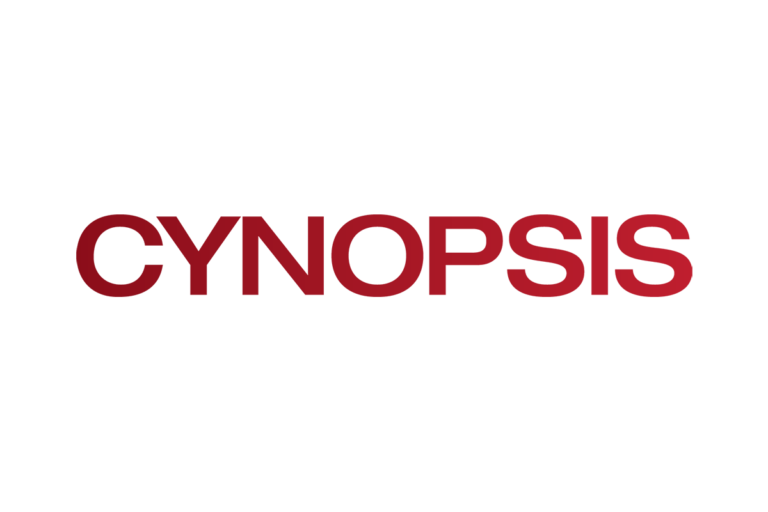Cynopsis Special Report: What You Need to Know to Achieve CTV Advertising Success

Premium Matters: Practical Advice for a Complex Ecosystem
Fueled by the extraordinary streaming growth, and being inherently cookieless, connected television (CTV) shows no signs of slowing down. How can advertisers optimize the increasingly complex, yet infinitely promising ecosystem of ad-supported CTV? John Vilade, Head of Sales at Premion, shares his wisdom and makes some bold predictions about the road ahead.
As we head into Q4, what have been the biggest learnings for you this year?
By every measure, streaming TV is not slowing down and all signs point to sustained growth. We’re talking about a cultural shift — bringing about more choice, convenience and control for consumers. I’ve been in this business long enough to have heard those promises over the last 25 years, and now that consumers have embraced these changes, there’s no going back. Premion is a beneficiary as we’ve invested early with a first-mover advantage in this category. Our business accelerated last year; we’re looking at achieving 45 to 50 percent growth year-over-year, and not only is ad-supported streaming growing, but we’re continuing to see industry forecasts revising CTV growth upwards. For 2021, the IAB projects that about 73 percent of buyers are planning a shift of their media dollars to CTV.
We’re continuing to see more ad-supported CTV options, which are great for consumers but create more complexity for advertisers. What’s your advice to marketers dealing with this increased fragmentation?
Complexity is certainly synonymous with fragmentation these days. Here’s some very practical advice: First of all, you’ve got to understand your supply paths. There are direct publisher relationships, walled gardens and aggregators. You also have the open exchange and the programmatic pipeline. So you’ve got to really understand the nuances of these different supply paths. You’ve got to ask questions, such as: What’s the quality of the ad inventory I’m buying? Am I buying true long-form premium? Marketers need to compare like-for-like inventory, as not all content quality is created equally.
It’s also important to look at measurement, frequency management, reach, reporting and targetability. Sellers and buyers need to have checklists for each other, and with each other. For example, with walled gardens, marketers may resort to making disparate buys with different publishers to achieve the necessary reach and scale. We’ve solved this with our expansive presence as a premium aggregator. We curate direct connections to brand-safe premium inventory that enable advertisers achieve reach and scale.
Let’s talk about innovation. What’s new with data and targeting technologies?
There’s tremendous innovation happening, and it’s transforming the opportunities for advertisers to target more precisely and achieve outcomes-based measurement. For us, it’s about making it easier for our advertisers to reach audiences by location, interests and behaviors, and we’ve continued to invest in new data-driven solutions.
Recently, we announced a partnership with TVSquared that provides cross-platform insights across local linear TV and CTV campaigns — so advertisers can truly understand the impact and effectiveness including reach and frequency, performance outcomes and unduplicated audience. Automotive is an important category for us and we’ve partnered with Polk Automotive Solutions to enable auto marketers to reach their most high-value audiences and even match viewership with verified car sales.
What are advertisers looking for in measurement? How important is attribution?
Dare I say attribution might be the new rating? With the shift to buying audiences, proving outcomes is what matters for marketers to prove the efficacy of their spend. We’ve become an outcomes-based business and streaming is now highly measurable. At Premion, we’ve doubled down on attribution with performance metrics that truly connects the dots between investment and quantifiable results. A prime example is in travel, which has come back in a major way. There’s never been a more important time for travel marketers to understand how their dollars are working. We have a partnership with Arrivalist that brings advanced destination attribution to travel advertisers so they can understand where their visitors came from, how far they’ve traveled, whether they are repeat visitors and other actionable insights.
Brand safety continues to be a top priority. What do advertisers need to know about brand safety and ad fraud protection?
Here are the things you need to remember: Brand-safe, fraud-free, human, viewable, transparent and reportable. Settle for nothing less than this in today’s environment. Marketers compete too hard to have their brands aligned with content that is just junk or to have criminalized activity sneak into their investment portfolios. A general rule here: Know your supply sources, especially if you’re operating on the open exchange. There’s less transparency in the open exchange.
The other thing is, and I’m going to be a little controversial here — don’t be hypocritical about your investments. If brand safety is truly a top priority for marketers, then they need to invest in ad campaigns that are brand safe and fraud-free — and they should work with partners that are truly committed to vigilance in ad fraud protection. This is a strategic business imperative for us. Not only are we TAG-certified against ad fraud, but our Head of Product recently became independently certified as a Brand Safety Officer by the Brand Safety Institute — a testament to our commitment in this area.
How does the shift to a cookieless future impact CTV?
With great change comes great opportunity. CTV has always been a cookieless environment, and it relies heavily on household identifiers. The recent IDFA privacy changes will only benefit CTV, and we can expect more mobile advertising dollars to shift to CTV. If you’re a digital-first performance marketer that’s used to buying social, search, display, or maybe even native, you’re likely dealing with smaller media budgets. One of the benefits of local streaming is that it’s a highly affordable way for digital marketers to start participating in TV advertising — and be able to target and measure in the same way as other digital channels. Big linear might have scared you off at some point; this is the exact time to come into streaming and start to test.
As we head toward year-end, what are the rules ahead for advertisers to achieve success?
We’ve just put out a new white paper, “The New Rules Ahead for Streaming TV Advertising” by Premion and BIA, that helps advertisers navigate the increasingly fragmented and complex OTT marketplace with advice for streaming advertising success.
A few insights here: First, thoroughly vet and understand the capabilities of your provider to know what you’re buying and where your ads are running. Prioritize local campaigns to minimize waste and maximize your spend efficacy. And leverage the powerful combination of CTV and linear to extend your reach.
For marketers, there’s also risk management to consider. Premium, brand-safe environments truly matter. And really focus on audiences. This is an environment where the old ratings system doesn’t matter as much. The beauty of CTV is that it combines the best of digital with its measurement, audience targeting and attribution capabilities — and the best of the big screen TV experience in long-form, lean-back premium and brand-safe content.
What are your predictions for the CTV market for the next few years?
All of the big players have entered and are doubling down on their investments in streaming. The future is less about linear versus streaming, and more about how to reach and engage your audiences — and ad-supported streaming continues to outpace everyone’s expectations. Subscription fatigue will persist as consumers don’t have the wherewithal to spend like they did in the cable bundle days.
Performance is also crucial. We used to be a little scared to talk about performance in TV because we were hanging a lot of our business on a rating point or just impression delivery on a campaign. CTV is changing the game with outcomes-based metrics so continue to watch this space for more innovation around closed loop attribution.
Local advertising clearly proved to be the place to be during the last 18 months. How important is local as we look ahead?
Here’s the thesis: The ability and desire to engage consumers and audiences through the lens of locality is not going away. It’s a growing imperative. Marketers are wanting to get more granular in terms of who they can reach and where they can reach them, whether it’s DMA, geo or zip. And they’re also focused on agility and flexibility — to be able to align and shift ad spending with changing local market conditions. Even in an increasingly fragmented media market, there has never been a greater time or ability to reach engaged audiences in the aggregate than through streaming TV.
See us on Cynopsis here.
To connect for more information, click here.

